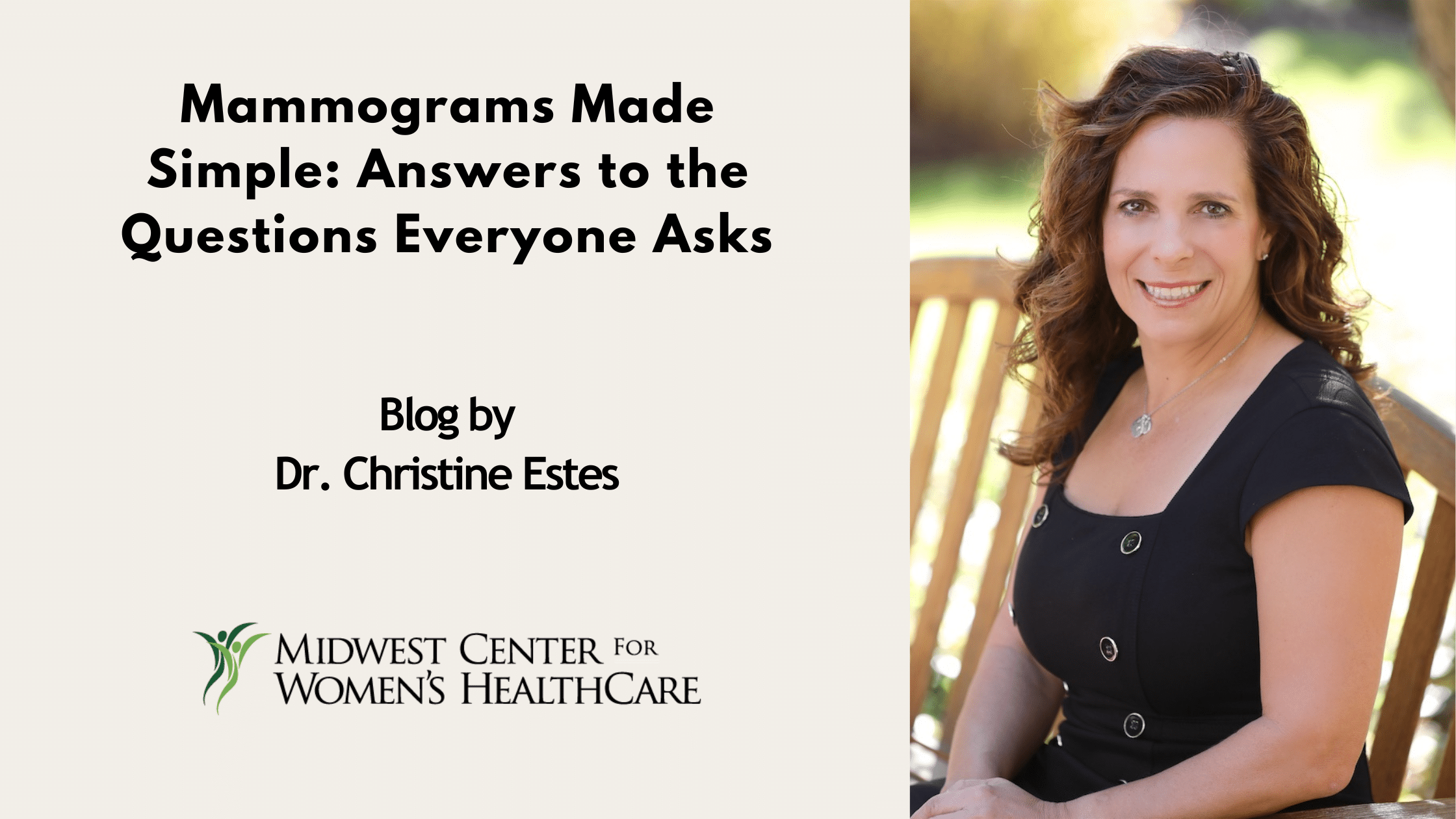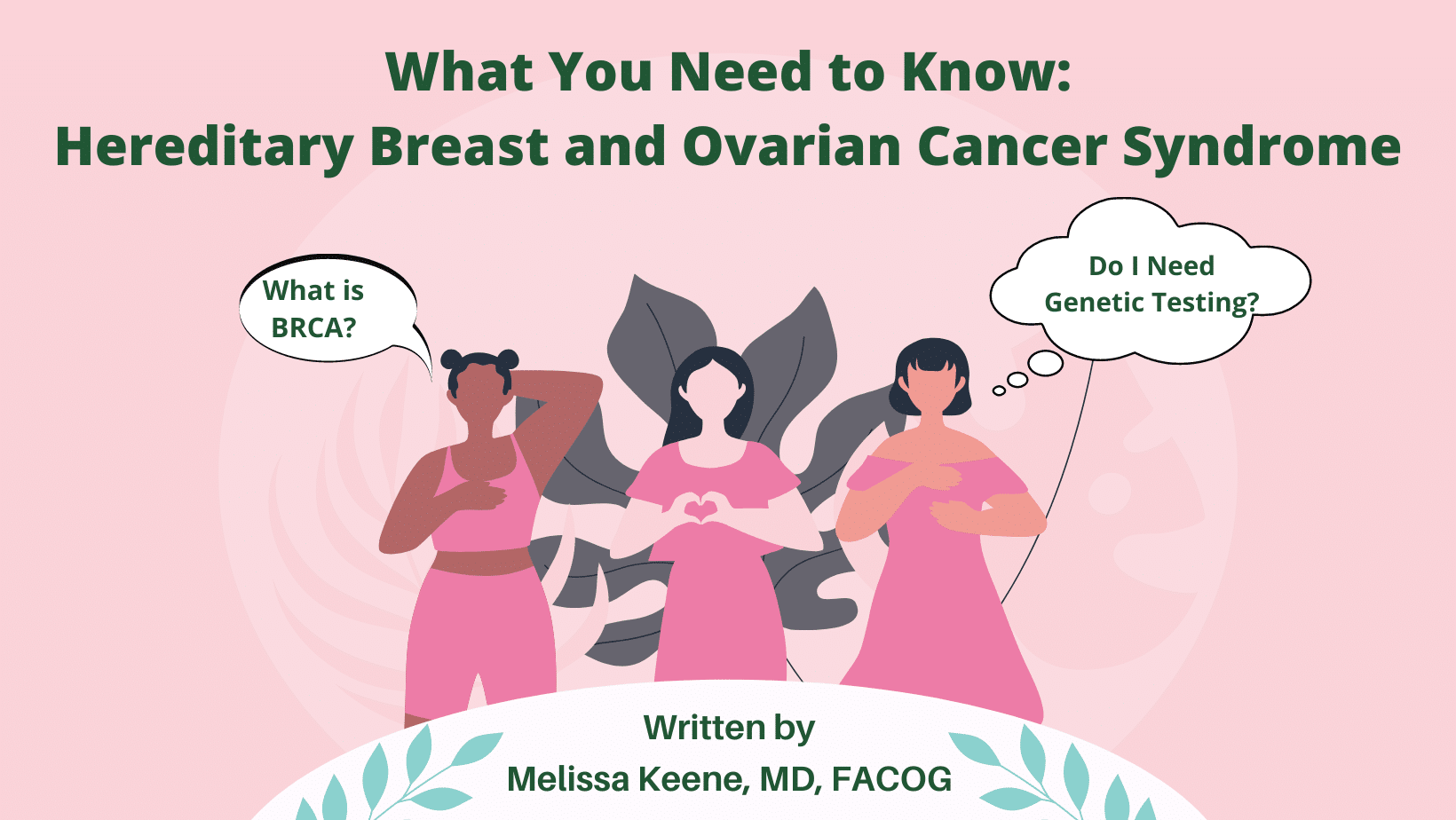Mammograms Made Simple: Answers to Questions Everyone Asks
2025-04-25T08:34:39-06:00Breast health is an essential aspect of women's healthcare, and as part of a comprehensive approach, mammography plays a key role in early detection of breast cancer. As an OB/GYN patient, understanding the importance of early detection of breast cancer, when and why mammography is recommended, the role of breast self-exams, and the use of breast ultrasound can help you make informed decisions about your health. In this blog, we will explore these topics based on the latest guidelines from the American College of Obstetricians and Gynecologists (ACOG). The Importance of Early Detection in Breast Cancer Early detection of breast cancer plays a crucial role in improving survival rates and treatment outcomes. Here are some key facts about why early detection is so important: Improved Survival Rates: The earlier breast cancer is detected, the higher the likelihood of successful treatment. According to the American Cancer Society, the 5-year survival rate for breast cancer is 99% when the cancer is localized (confined to the breast). However, this rate drops significantly if cancer has spread to other parts of the body. Smaller Tumor Size: Early detection allows for the discovery of smaller tumors, which



